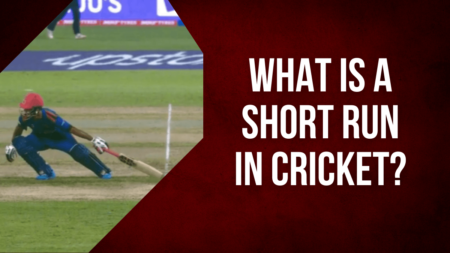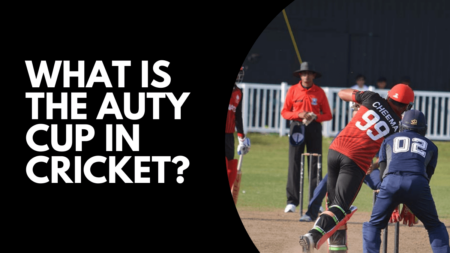

Tennis is a racquet sport played globally in both indoor an outdoor conditions. Today, the sport is played on hard, grass and clay courts. The highest tier of professional tennis events are the four Slams. Two of these, the Australian and the US Open are played on hard courts, whereas Wimbledon and French Open are played on grass and clay courts respectively.

The International Tennis Federation has now given codes for different tennis surfaces. ‘A’ is used for acrylic courts, that have a resin-bound coating. ‘B’ refers to artificial clay. ‘C’ is artificial grass. ‘D’ is asphalt, that consists of bitumen aggregates. ‘E’ refers to carpet courts where rolls or sheets of polymeric materials are used to lay down tennis courts. ‘F’ is unbound natural clay. ‘G’ is for cement-bound aggregate called concrete. ‘H’ is for natural grass and ‘J’ is for any other type of surface like wood, tiles or canvas.
Tennis courts can also be further classified depending on the speed of courts. They are categorized into five types namely slow, medium-slow, medium, medium-fast and fast. At a professional level, only grass, hard and clay surfaces are used today.
The behaviour of the ball varies across all surfaces. Grass courts are regarded as the fastest along with medium-fast and fast hard courts. Clay courts are the slowest where the ball bounces higher and comes off the bounce slower. When it comes to clay courts, the variation in the pace of the ball can be seen due to altitude as well. A calculation known as Court Pace Index determines the speed of the court. Since 2009, there was a generalized reduction in court speeds of professional tennis tournaments.
The availability of different surfaces in tennis, when coupled with external factors like outdoors, indoors and temperature, provide a direct insight into the versatility of a tennis player.




